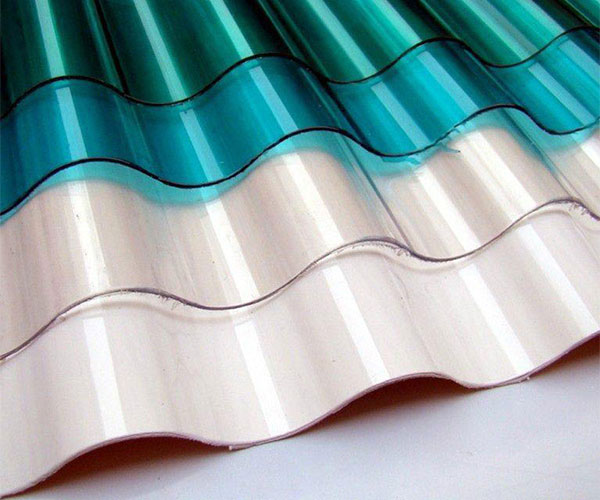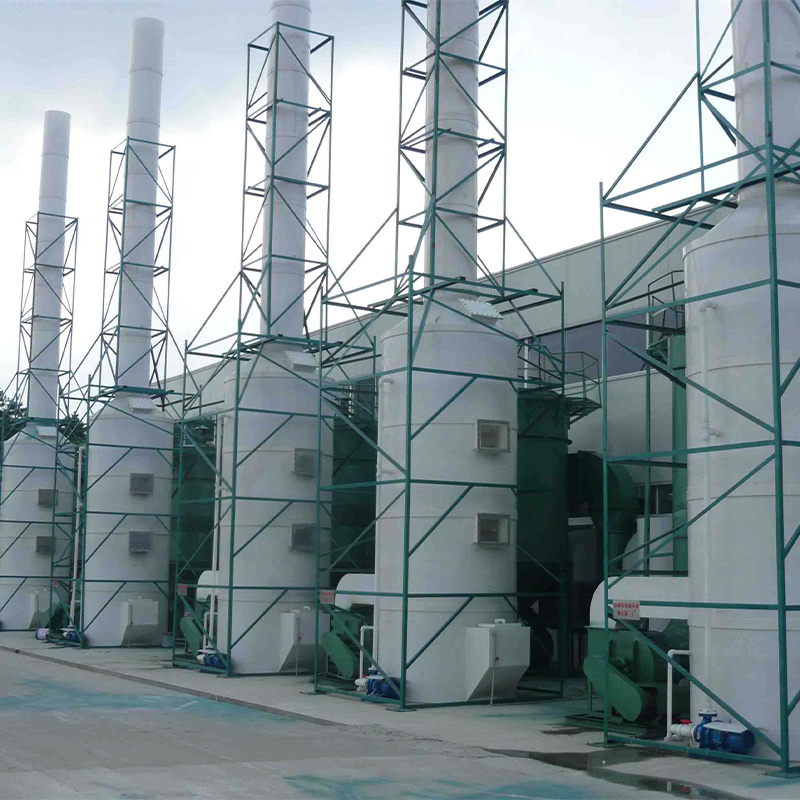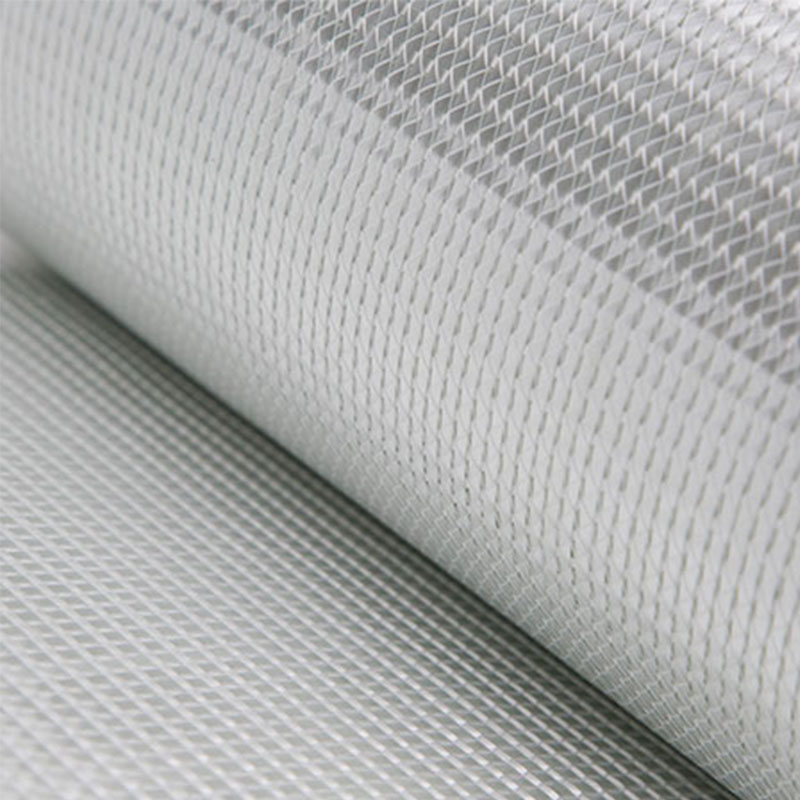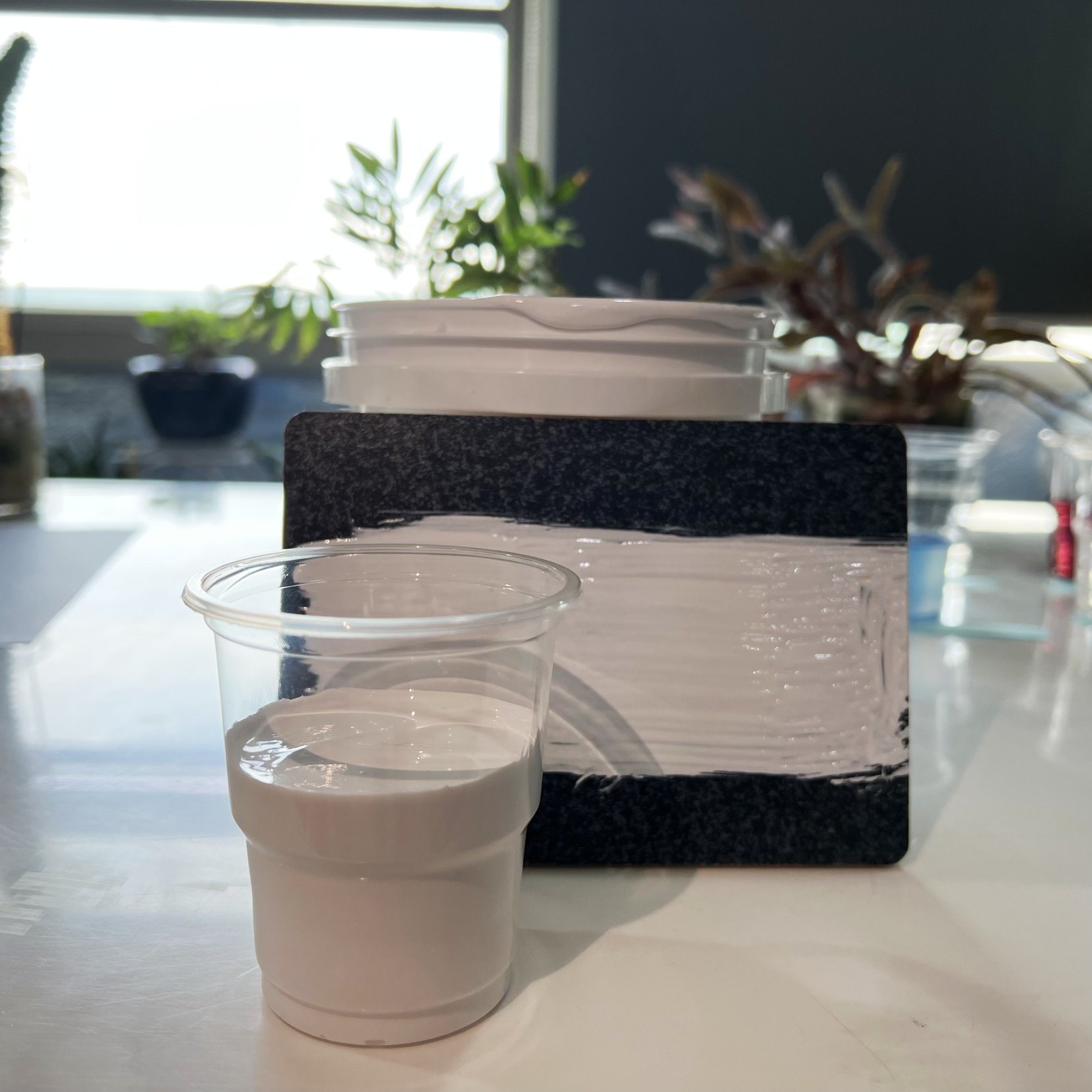Development of new unsaturated polyester resins from various companies
 Jan 17, 2023|
Jan 17, 2023| View:410
View:410unsaturated polyester resin is a kind of thermosetting resin containing double bonds. The common point of these resins is that they contain unsaturated double bonds on the molecular chain, the styrene monomer is used as a cross-linking agent, and peroxide is used as an initiator to obtain a thermosetting resin with a net-like structure through copolymerization. In this paper, we will analyze the properties and applications of new unsaturated polyester resins, including low shrinkage resins, corrosion-resistant resins, low water absorption unsaturated polyester resins, low volatility resins, and water-containing unsaturated polyester resins WCUP.

1. Low shrinkage resin. The use of thermoplastic resins to reduce and moderate the curing shrinkage of UPR has been widely used in SMC manufacturing. Commonly used low shrinkage agents are polystyrene, polymethyl methacrylate, and dienyl benzodicarboxylate polymers. In addition to polystyrene and its copolymers, polycaprolactone (LPS-60), modified polyurethane, and cellulose acetate butyl ester have also been developed. Japan Grease (Co., Ltd.) Chemical Products Research Institute studied a new low shrinkage additive (LPAS) for UP resins, which contains elastic chain segments and chain segments compatible with UP resins, and is used in the molding process of UP resin SMC/BMC, making the product surface gloss, low shrinkage, and good coloring properties. Ohio State University, USA, from the swelling, morphology, and structure, the study contains modified thermoplastic LPAS additives that can be low-temperature curing UP/ST/LPAS system. The introduction of Co-promoter DVB, and the second monomer trimethylolpropane trimethacrylate (TMPT-MA) in the low-temperature curing system, so the shrinkage of the resin in the curing process is better controlled. The Canadian thermoplastic PVAC, as a low shrinkage agent LPAS, was added to the UP resin, which also solved the shrinkage problem very well. Japan's Showa Polymers Company can increase UP composition's bond strength up to 2.45Mpa and linear shrinkage coefficient down to 0.32% by adding a low shrinkage agent solid. Monsanto Industrial Chemicals, Japan, used polyvinyl acetate (DenkaASRM4) as a low-shrinkage additive to develop a molding compound with a shrinkage rate of only 0.096%.
2. Corrosion-resistant resins. Corrosion-resistant resins are bisphenol A type, isophthalic acid type, rosin modified and DCPD modified unsaturated polyester, etc. It is reported that the Japanese UBE company developed 8250 vinyl ester resin with good corrosion resistance, and the storage period can reach 14 months. Japan uses m-phenylene type, bisphenol A type, or vinyl ester type unsaturated polyester resin made of glass fiber composites resistant to 25% NaC1 aqueous solution, respectively. Strong toughness resin is increasingly important, and foreign countries mainly use adding saturated resin to improve toughness. Such as the addition of saturated polyester, butadiene rubber, and end carboxy butadiene rubber. The United States Amoco Chemical Company uses the end of the unsaturated polyester containing hydroxyl and diisocyanate reaction made of resin. Its toughness can be increased by 2-3 times, the commodity brand Xycon. Japan Showa developed SD resin toughness, which can be widely used to manufacture artificial marble. Brazil modified the unsaturated polyester resin containing glycidyl methacrylate (GMA) by graft copolymerizing flexible polysiloxane oxide chain segments (APTS) to obtain a glass fiber-reinforced resin with high impact strength. The University of Poland found that the viscosity of the modified unsaturated polyester resin increased with increasing TDI content, and the resin had good thixotropy when the mass fraction of TDI reached 3%. When the resin was modified with 4,4 dimaleimide dibenzoyl methane (BM), the compressive strength of the resin increased to 159 MPa, the glass transition temperature was 184°C, the decomposition temperature increased to 280°C, and the curing speed was accelerated accordingly.
3. Low water absorption unsaturated polyester resin. Germany-made IR radiation curing unsaturated polyester resin, its IR radiation curing when the composite material curing residence time is short, the product water absorption rate is reduced. Japan's Kao Corporation developed a tensile strength of 44.1MPa, a transmittance of 48%, and good heat resistance of bisphenol A-type transparent unsaturated polyester resin artificial marble. Developed by Japan, NOF United Company has a good anti-yellowing type unsaturated polyester resin that can be used as FPR, SMC, and BMC resin, 130 ℃ after curing residual styrene mass fraction of only 0.03%. PET-type unsaturated polyester resin results from more, the United States and Egypt with PET waste alcohol solution synthesized by adjusting the reaction to get the curing temperature of 74 ~ 90 ℃, curing time Only a few minutes to 20 minutes between the unsaturated polyester resin can be arbitrarily selected. In Korea, a series of unsaturated polyester resins obtained from various alcoholic solvents were synthesized, and various alcoholic compositions controlled the gelling time and brittleness of PET resins. Unsaturated polyester resin is the base of the foam, which has more toughness and strength than foamed PS, and processing than foam PVC is easy. Adding flame retardants, etc., can also make it flame-retardant and aging-resistant. The cost is lower than foam polyurethane plastic. Foaming unsaturated polyester resin foaming mainly uses chemical blowing agents. There is not much literature on the use of physical blowing agents. The physical blowing agent is mainly Freon, but it pollutes the environment. Chemical blowing agents are mainly: isocyanate, azo, sulfonyl hydrazide, and carbonic anhydride.
4. Low volatile resin. Low-volatile resin is currently being developed abroad, and the general requirement is that the air around the workshop must be less than 50ug / g. The method is to join the surface film-forming agent to reduce styrene volatilization, using the addition of a high boiling point cross-linking agent to replace styrene, using cyclopentadiene and its derivatives combined with UPR so that the low molecular mass. 5500, which can reduce the amount of styrene by 70-90%. Gelcoat resin is a specialized resin for making a gelcoat layer of FRP products. Styrene can cause dizziness, nausea, and other symptoms when its vapor concentration exceeds a certain amount (>50ug/g) and irritates the mucous membrane of human eyes and nose. Therefore, we have developed a low-styrene volatile gelcoat resin. Sartomer Technologies, Inc. has developed low VOC maleic anhydride monomer-containing UPR compositions used in gel coatings, adhesives, laminating resins, and molding resins. Unsaturated polyester resins and their compositions without (styrene) monomers have been developed in the USA and Germany. They can be used in the open casting, gel coating, and electronics industries.
5. water-containing unsaturated polyester resin WCUP. Water-containing unsaturated polyester resin WCUP is a new type of resin with water as a filler introduced in the 1950s. In addition to the significant low-cost characteristics of this resin, curing heat release, small volume shrinkage, combustion, and easy-to-process molding, etc., can be used in artificial wood, decorative materials, foam materials, foam products, porous materials, construction materials, polyester concrete, infiltrants, and coatings, etc. In 1967 Horie et al. reported for the first time with sodium hydroxide and other alkaline substances, the preparation of stable water-containing unsaturated polyester resin emulsions was used in the electronic industry. The polyester resin emulsion method is called the polyester salting method. In recent years, the study of multi-phase/multi-component polymer systems by kinetics has attracted great attention internationally. Ngu-ven-Thue et al. studied the interrelationship between dynamic rheological behavior and morphological structure. Since then, such studies have become a hot spot in the rheological study of several polymer systems.
The above is about developing new unsaturated polyester resins by various companies. If you need more detailed information, welcome to contact us!



 salesyomi@rulecomposite.com
salesyomi@rulecomposite.com






